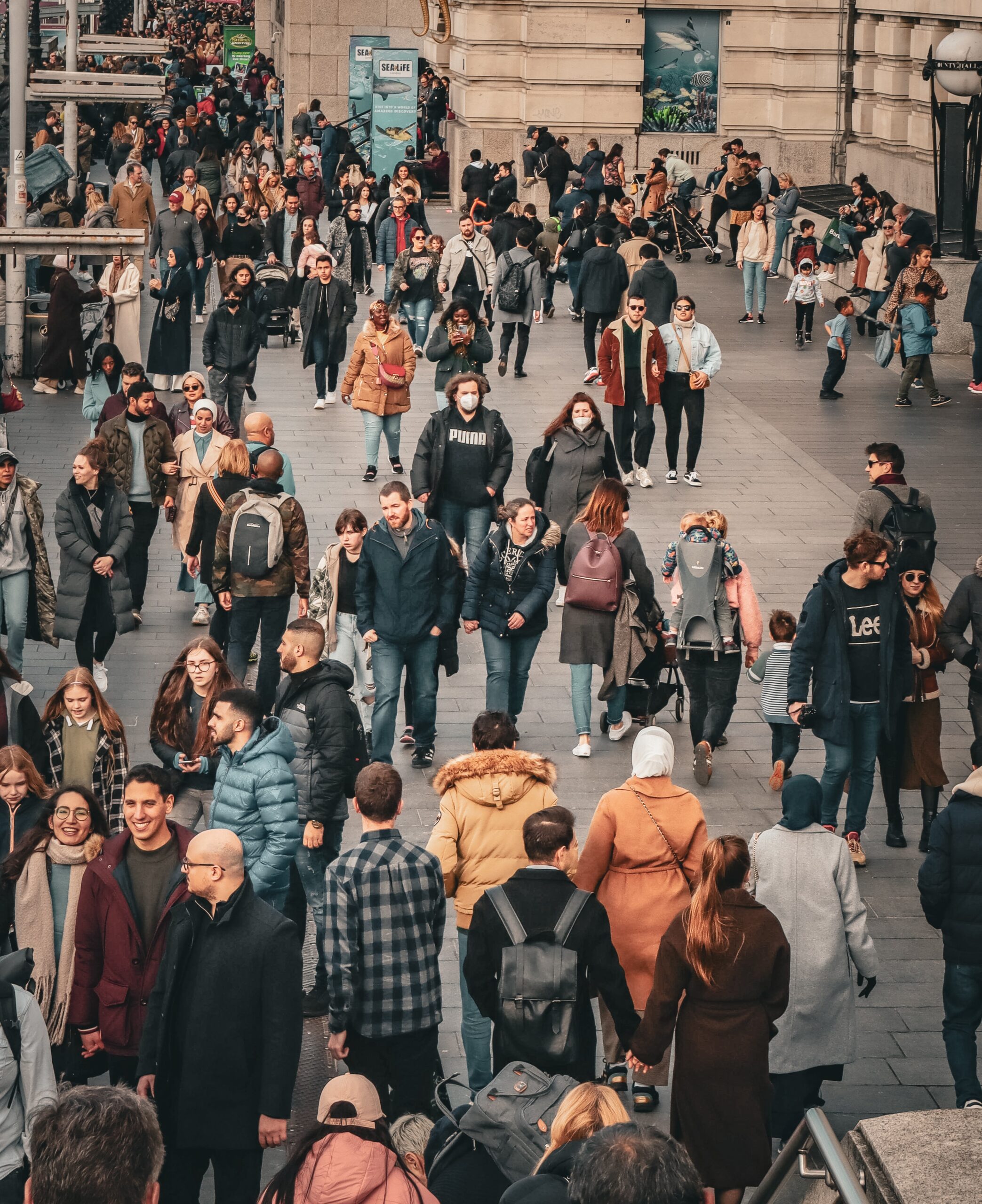The research project, led by Dr Praveetha Patalay at University College London, aims to examine the links between social isolation, loneliness and wellbeing. It looks at different cohorts, following the lives of people born in 1946, 1958, 1970, 1989-90 and 2000-01.
The work is a secondary data analysis initiative (SDAI) which uses data from five British longitudinal cohort studies. It looks at whether levels of social connectedness and loneliness, and their relationship to subjective wellbeing, change over people’s lives and between generations.
Despite an increase in policy interest, there is little evidence documenting the associations between social isolation, loneliness and subjective wellbeing across our lives and between generations. This research project aims to address this gap, while also generating a range of comparable measures of social isolation for future research.
The concepts
Social isolation is an objective condition. It can be quantifiably assessed by the number and frequency of social connections and interactions, for example how often someone meets up with their friends, or how many people they live with.
Loneliness is a negative subjective feeling when we feel a discrepancy between our actual and desired social network, perceiving the quantity or quality of social
relationships to be inadequate. It is assessed through self-report questionnaires.
The two concepts are related but distinct dimensions of social relationships. It is possible to feel lonely despite being socially connected, and to feel content in solitude.
Perceived social support relates to having someone who would listen if you wanted to share your feelings.
Trends in social isolation
The project’s first report was published in Spring 2023.
Using data from five British longitudinal generations studies, the research explored social isolation and connectedness:
- within different contexts (household; partnership, family and friends outside the household; education and employment networks; community engagement)
- over the course of people’s lives between five successive generations
Our briefing, below, synthesise findings and recommendations from the report.
Investigating social isolation is a necessary first step in identifying concrete policy, community and societal actions we can take to reduce isolation and loneliness.
Learnings from the pandemic
The second report, published in November 2023, looks specifically at experiences of loneliness and social connection in later life before and during the Covid-19 pandemic.
Using data from four British longitudinal population-based studies, it explored:
- the associations between social isolation and loneliness in later life;
- whether the experience of social isolation and loneliness differed during the pandemic in comparison to “normal” circumstances;
- to what extent did the associations between demographic, socio-economic, and health factors and social isolation and loneliness differ during the pandemic.
Our blog below summarises key insights and implications from the research.
Comparable measures
A core part of the research was deriving comparable measures of social isolations and loneliness in this UK longitudinal data, laying the groundwork for researchers to use these variables for future comparisons across time and between generations.
To do this, social isolation and loneliness items were reduced to those that could be harmonised across studies and time points.
For more details, see the published papers below.
Social isolation in mid-life
The third report, due to be published in 2024, explores the associations between social isolation and health outcomes in midlife.
It uses data from the 1970 British Cohort Study and the 1958 National Child Development Study to look at:
- the effect of individual and different combinations of social isolation domains on health outcomes;
- the extent that perceived social support impacts the association between social isolation and health outcomes;
- potential differences by sex and cohort;
- whether experiences of social isolation cluster in mid-life.
Study outcomes include psychological distress, life satisfaction and self-rated general health.




